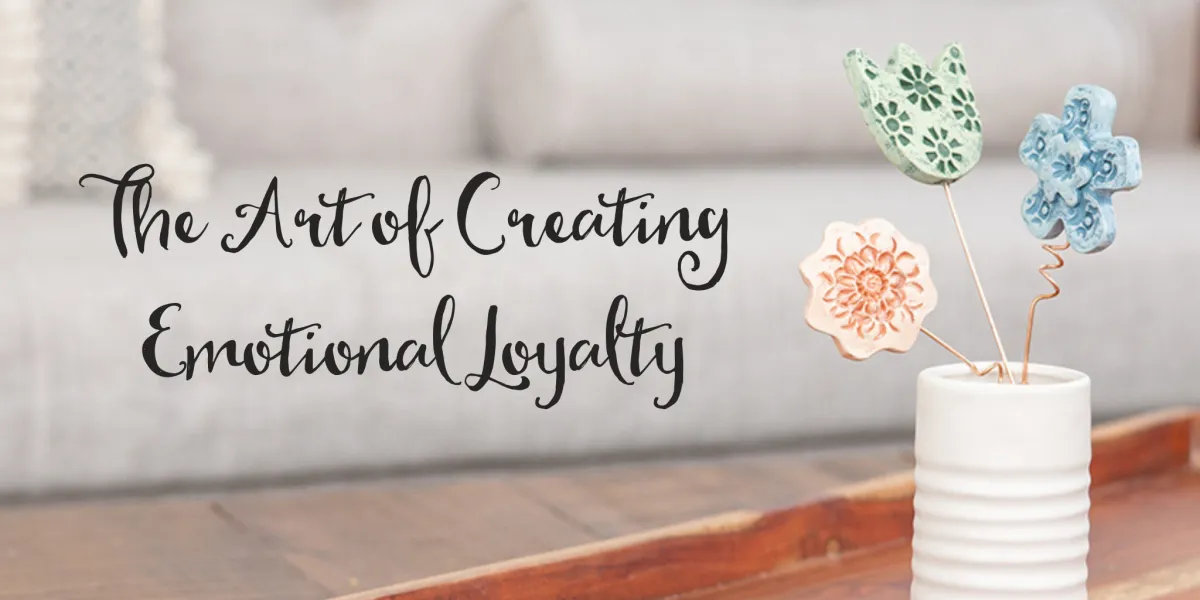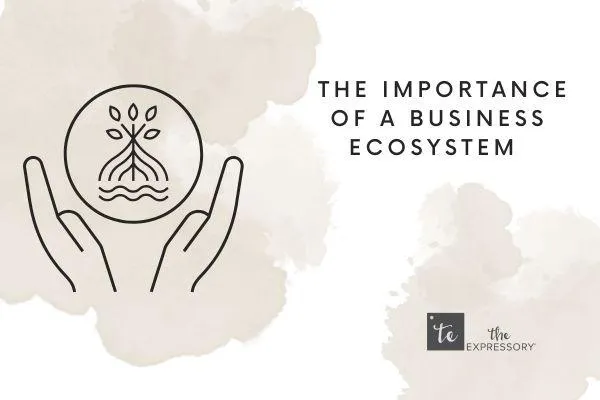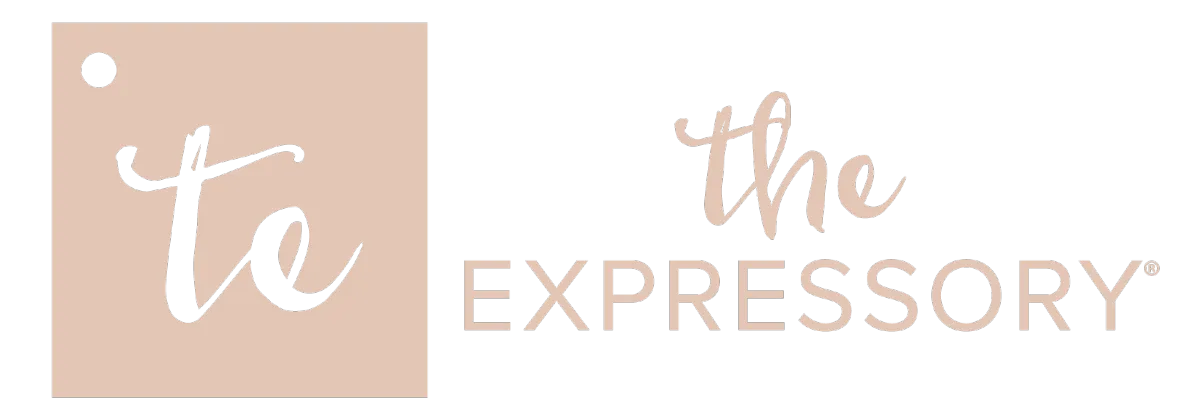

What Swimming Teaches Us About Team Relationships
In my latest video, I break down how swimming teaches us the importance of these relationship-building efforts and the specifics of what we as leaders need to nurture with our teams.
Holiday Gift Insights - What Everyone Else Is Doing
In an effort to simplify the decision-making process, we're sharing some of the trends we've seen with gifting over the years. We're even sharing our best seller and why that gift had such success.
What Makes A Successful Holiday Gift? The Travel Bag Edition
Last year we had the opportunity to work with one of our clients in the travel and tourism space to design an experience that delivered their highest engagement yet.

Creating an Ecosystem of Opportunities
Creating an Ecosystem of Opportunities
One of the three categories of relationships we work with clients to nurture is something we’ve called your ecosystem. This is the category we use to classify your team, your strategic partners, and all other relationships that support your business. One of the things we know about business in today’s highly digital world is that you need to develop a community of people who love working with you, and that includes more than just your clients. Having a team and supporting business partners who are emotionally connected to you is what creates momentum in the business. It brings opportunities you couldn’t develop alone.
Last year, I had the chance to hear Pamela Slim speak at the Build A Better Agency Summit in Chicago. Her presentation was centered around the concept of developing a business ecosystem and intentionally nurturing the relationships you identify as a result. It was perfect – and I was immediately hooked!
I had a chance to talk with Pam recently. Since she works with thought leaders to scale their businesses, I wanted to learn more about how she guides her clients through this process. She told me that she works with her clients all the way through IP – Which includes developing a business model, designing specific productized services, and building licensing and certification programs. I wanted to better understand the habits and processes that she feels are required to attain this level of momentum and success. Her degree is in economic development and community development – Why wouldn’t we want to know more about her advice for creating the kind of community relationships that attract opportunities?!
Creating your ecosystem
Pam described the concept of a business ecosystem referencing the way she captured it in her book, The Widest Net. You want to first center your ecosystem around the description of your company’s ideal client. She suggested, “When we are describing an ideal client by their problem, challenge, or aspiration, there is a process of discovery of the ecosystem that already surrounds them.” It is the collective community that your business and your ideal clients are part of.
This ecosystem is made up of all the different players, resources, and support systems that come together to address the needs and challenges of your ideal clients - Like people, companies, organizations, and media hubs. These could be other businesses or service providers that offer complementary solutions like industry associations or conferences, podcasts or blogs – Each having an already established community of the people you want to reach.
It is important to understand and build your business’ ecosystem because by identifying the strategic partners or watering holes where your ideal clients gather, you can focus and simplify your marketing efforts. You’ll be able to increase your visibility and attract the right clients by building valuable relationships with the right strategic partners over time.
One example Pam provided is to imagine that you’ve identified a favorite podcast that your ideal clients are regularly listening to. This is a watering hole for you. The podcast already has a large following. If you connect with the host and eventually become a guest of the show, you are immediately reaching many of your target audience. “You’re paying attention to where your ideal clients are already going for resources, support and information”, says Pam.
Operationalizing marketing
Once we have strategically identified an ecosystem of connections, it’s important to prioritize where you want to get started. You won’t be successful at attempting to build solid relationships with everyone all at once. You usually want to have a specific focus in any given timeframe.
It’s with this filter that you begin your relationship building/marketing efforts.
I asked Pam if her clients typically systematize this effort for consistency or how they usually approach things from this step. She stressed that she tells her clients that marketing should be operationalized rather than “nice to have”. Too many times she finds that businesses will treat their own marketing as something that they do when business is slow or just when the owner has time. When this happens, when the company doesn’t maintain its marketing actions over the long run, they often hit a place where the business just dries up. Pam said, “if your business were a garden, and you don’t like water, your garden still needs water!” Chances are you’ve either experienced this for yourself (learning the hard way) or you’ve watched someone else fall into this trap.
How do we avoid finding ourselves in this state of limited opportunities? Well, this is where “Tiny Marketing Actions” (TMAs) come into play. These are small and intentional actions taken by businesses to build relationships with potential clients or partners, which we have reviewed in much more detail in our last blog found here. Pam recommends that TMAs should be strategically selected based on the nature of the business, who will be executing them and the target audience. The actions that work well for a marketing agency may not be the way that a financial advisor would comfortably build relationships over time.
The other key thing to note is that tiny marketing actions shouldn’t be the sole responsibility of the business owner. Rather, the entire team should be involved. This means that each team member might have a cadence of marketing actions as part of their roles.
Getting started with tiny marketing actions
Pamela suggests starting with people who are already in your circle, such as past clients, partners, or colleagues with whom you have worked in the past. These are people who already know and trust you, plus, they like you. They can be valuable resources when it comes to new opportunities.
Start by sending a personalized email telling them that it would be great to find 15 minutes to catch up to find out what they’re up to. You’ll have an opportunity to learn more about their current efforts and goals. And then you’ll be able to update them on your own business. You’d be surprised at how many people will tell you they had no idea what you are working on or that you offered a certain product or service. A lot of times, each person will walk away with action items to help one another in some form or fashion. Planting seeds like this provides momentum.
Another suggestion is looking for opportunities to simply send “love letters” to those key relationships you earlier identified as priority. Pam’s idea of a love letter is a message that does nothing more than express how much you admire their work and why. Maybe share an action you took because of their work or how it’s made an impact. This letter should ask nothing of the recipient. It should not have a call to action. Only admiration! This type of action is setting up the relationship. In order for one to exist, a person needs to know that you understand them, they need to feel acknowledged by you (validated) and they also need to know you care. A love letter shows understanding and acknowledgement, giving you a great start.
Pam's approach to tiny marketing actions emphasizes the importance of building genuine relationships. Understand that this is a long-term effort and takes consistency. You will start to feel the momentum take hold when you develop a strategic and operational approach to marketing. Focusing on the most effective actions for a specific market will build a strong network of trusted partners and clients who can help you achieve your goals.
If you’d like help designing a strategic approach of your own, there are a couple of opportunities available.
Pam hosts regular Tiny Marketing Actions cohorts. Click here to find out when the next one starts.
As always, you are invited to join us at our next Q&A to discuss any ideas or questions you have from this material. Click here to register.
And finally, if you’d like to chat one-on-one to explore if The Expressory can help create a strategic plan for your relationship building, feel free to schedule some time by clicking here.
Address:
1500 S. Sylvania Ave #106
Sturtevant WI 53177
Phone:
414.243.8971
